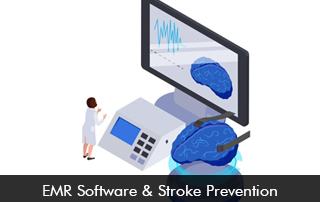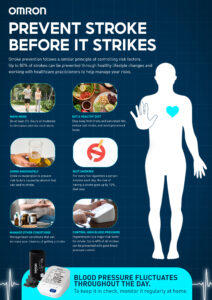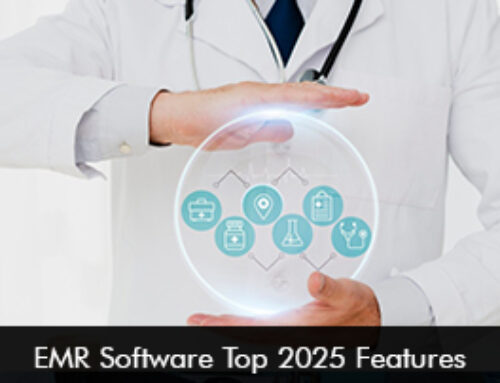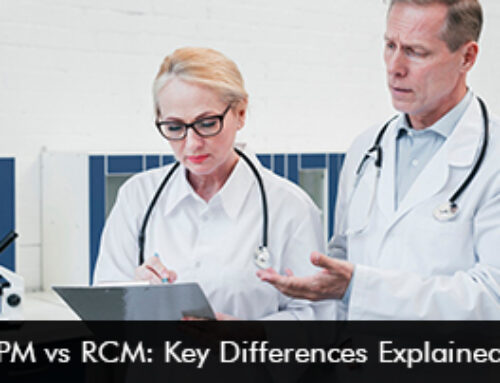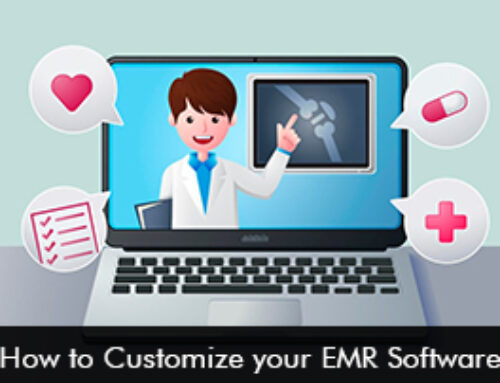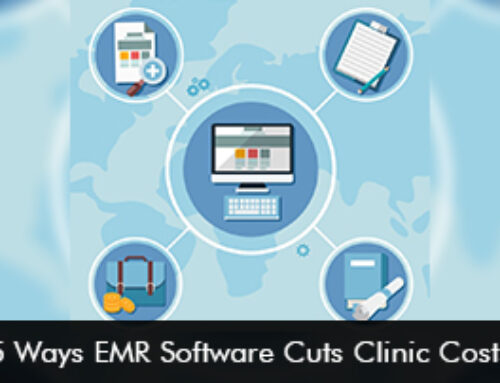Stroke, a leading cause of death and disability worldwide, often strikes suddenly and without warning. However, with Electronic Medical Record (EMR) software medical professionals now have a powerful tool to assist in stroke prevention. In this blog, we will explore the critical role EMR software plays in identifying and mitigating risk factors.
Understanding Stroke and Its Impact
A stroke occurs when there is an interruption of blood flow to the brain, either due to a blockage (ischemic stroke) or bleeding (hemorrhagic stroke). Strokes can lead to severe consequences such as:
- paralysis,
- speech impairment
- in severe cases death
Early intervention is essential in reducing the severity of stroke and preventing long-term disability.
The Importance of Early Detection
Stroke prevention begins with the identification of risk factors and early detection of warning signs. Common risk factors include:
- hypertension
- diabetes
- high cholesterol
- smoking
- obesity
- family history of stroke
Additionally, lifestyle factors such as poor diet and physical inactivity contribute to the risk of stroke.
Identifying individuals at risk and intervening early through lifestyle modifications and medical management is crucial to stroke prevention. This is where EMR software plays a pivotal role.
The Role of EMR Software in Stroke Prevention
Comprehensive Patient Data – EMR software provides healthcare professionals with comprehensive patient records, including medical history, test results, and past diagnoses. This wealth of information enables healthcare providers to identify patients at risk for stroke based on their medical history and ongoing health conditions.
Risk Factor Assessment – EMR systems often include tools for assessing risk factors associated with stroke, such as hypertension, diabetes, and smoking. These tools help healthcare providers identify at-risk patients and initiate appropriate interventions.
Timely Alerts and Reminders – EMR software can be configured to send automated alerts and reminders to healthcare providers when a patient exhibits risk factors or warning signs associated with a stroke. These notifications prompt timely evaluation and action.
Population Health Management – EMR systems offer population health management capabilities, allowing healthcare organizations to monitor and manage the health of their patient populations. This is invaluable for identifying and addressing stroke risk factors on a broader scale.
Integration with Diagnostic Tools – EMR software can seamlessly integrate with diagnostic tools such as blood pressure monitors, glucose meters, and cholesterol analyzers. This integration allows for real-time monitoring of critical indicators that contribute to stroke risk.
Medication Management – EMR systems assist in medication management by providing alerts and reminders for patients to take their prescribed medications. This is particularly important for individuals with conditions such as hypertension or atrial fibrillation, where medication adherence can reduce the risk of stroke.
Documentation and Reporting – Healthcare providers can use EMR software to document their interactions with patients, including risk assessments, discussions about lifestyle modifications, and the prescription of medications. This documentation supports evidence-based care and allows for easy reporting and analysis of patient outcomes.
Real-World Impact of EMR Software in Stroke Prevention
The impact of EMR software on stroke prevention is evident through real-world success stories:
Mayo Clinic – The Mayo Clinic, a renowned healthcare institution, implemented an EMR system that includes advanced decision support tools for stroke risk assessment. This has led to earlier identification of at-risk patients and the initiation of interventions such as blood pressure management and lifestyle modification.
Kaiser Permanente – Kaiser Permanente, a prominent healthcare organization, has used EMR systems to track and manage hypertension, a significant stroke risk factor. By proactively addressing high blood pressure in their patient population, they have significantly contributed to stroke prevention.
Cleveland Clinic – The Cleveland Clinic adopted EMR software that integrates with diagnostic tools for monitoring cholesterol and blood pressure. This real-time data access has improved the clinic’s ability to intervene early and prevent stroke in high-risk patients.
Challenges and Considerations
While EMR software has emerged as a valuable tool in stroke prevention, it is essential to address some of the challenges and considerations associated with its use:
Data Accuracy – The accuracy of data entered into the EMR system is crucial. Errors or inconsistencies in patient records can lead to missed risk factors and suboptimal care.
Interoperability – Interoperability, or the ability of different systems to communicate and share data, remains a challenge in healthcare. EMR systems must be able to exchange information with diagnostic devices and other software to provide a comprehensive picture of a patient’s health.
Training and Usability – Healthcare professionals must receive adequate training to effectively use EMR systems. User-friendly interfaces and efficient workflows are essential to encourage widespread adoption and optimal use.
Data Security –Protecting patient data is a top priority. EMR software must adhere to stringent data security standards, such as those outlined in the Health Insurance Portability and Accountability Act (HIPAA).
Patient Engagement – Encouraging patients to actively participate in their stroke prevention is vital. EMR systems can be used to educate patients, provide reminders, and facilitate communication between healthcare providers and patients.


